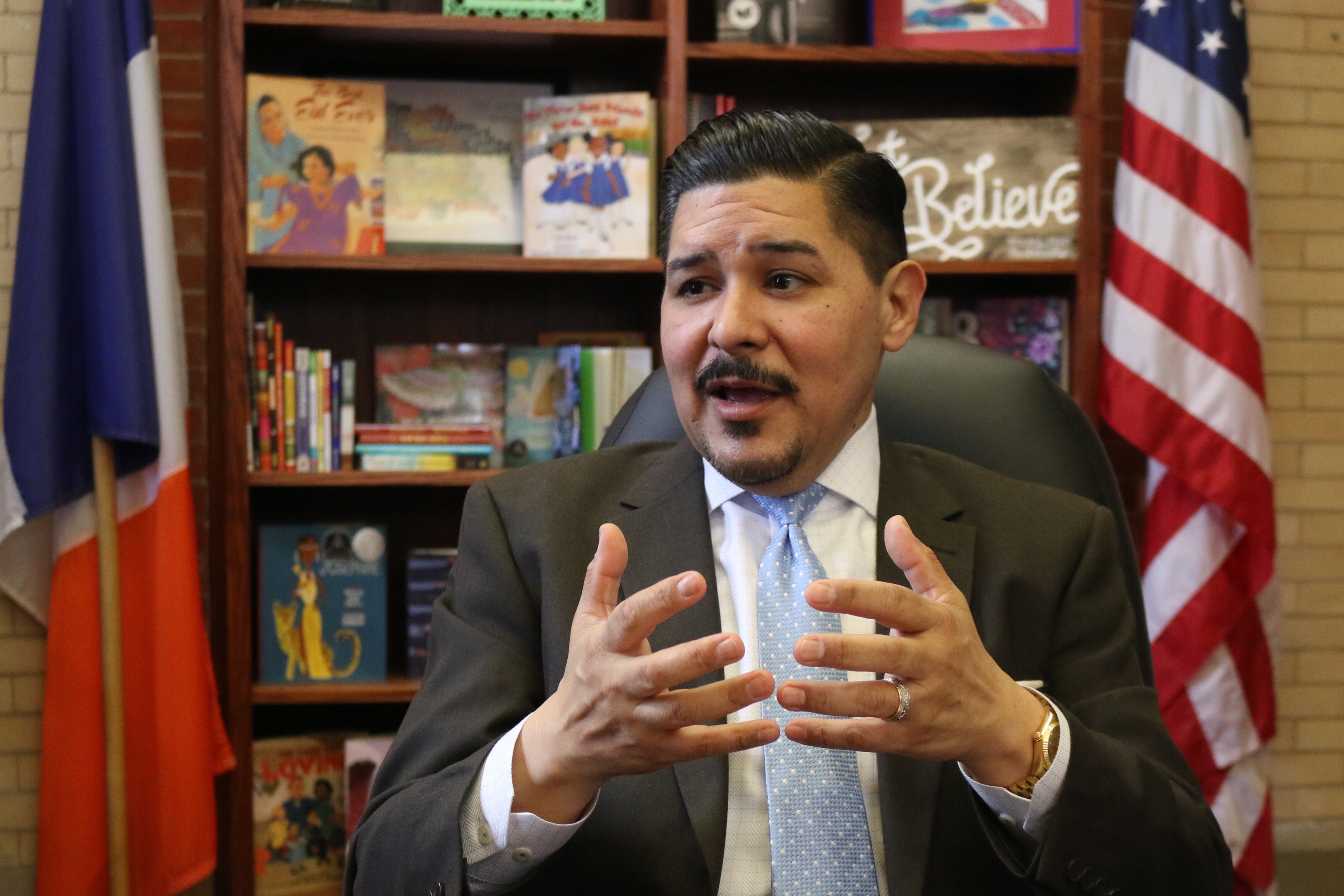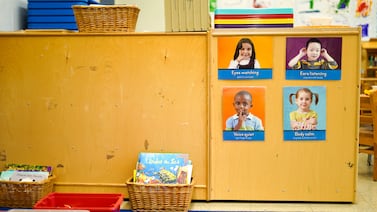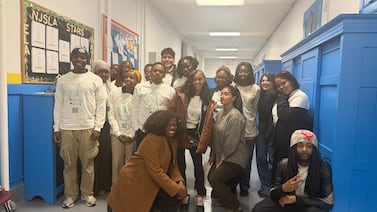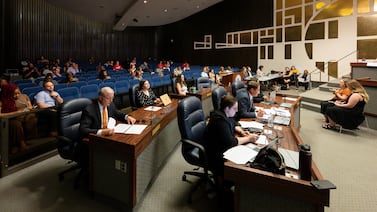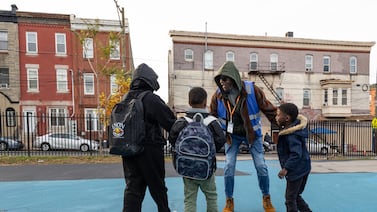New York City schools Chancellor Richard Carranza on Tuesday hinted at what restarting schools could look like in the fall: personal protective gear, trauma-informed approaches to teaching, a hybrid of in-person and remote learning, and phased-in start dates.
That is according to an email sent to principals and other school leaders, which was shared with Chalkbeat.
The public health landscape in September remains uncertain, the letter emphasized, meaning that many crucial logistical questions still don’t have answers.
“We can’t predict what will be true in September, but as of now we are anticipating that social distancing will remain in effect,” the chancellor wrote.
The city will provide schools an additional $10 million to pay teachers and principals to work during the summer on their reopening plans, according to an education department spokeswoman. There were no additional details about where the money is coming from as the education department faces drastic cuts next fiscal year — with individual school budgets taking the brunt of the cuts.
The chancellor’s letter does not offer a date for reopening school buildings for the city’s 1.1 million students, though Carranza noted that the city is “wholeheartedly” moving toward reopening in September. In response to the coronavirus pandemic, students have been learning remotely since March 23.
When campuses do open, Carranza signaled that students’ schedules are likely to be upended, with the possibility that not all students will return on the same date. The chancellor also signaled that “split schedules” could be coming, in which students travel to school intermittently and participate in remote learning on alternate days. The city’s teachers union has also suggested that as a possibility.
Buildings will likely need to limit the movement of students and educators inside, outside, and within the building, the chancellor said. The education department will also need to figure out how to safely operate school buses and school food operations while adhering to social distancing guidelines. (The letter does not address public transportation, which many staff and students use to get to and from school, though the transit authority is ultimately controlled by the state.)
Carranza says schools must consider several factors for reopening: health and safety, social-emotional and mental health, blended learning options, staggered opening dates and split schedules, limiting movement in buildings, more cleaning, busing, and meals — all while planning for a September opening date.
New York City and some 700 other districts in the state can only reopen with Gov. Andrew Cuomo’s blessing, the governor has said. Districts must submit detailed reopening plans to the state in July for approval. Cuomo will ultimately decide when and how schools can begin to open up, though it’s unclear when exactly he’ll act.
Mayor Bill de Blasio has launched a 45-member panel to advise him on how to reopen school buildings. Carranza said the education department will consult parents, students, and staff on its reopening plans.
Read Carranza’s full letter here.

